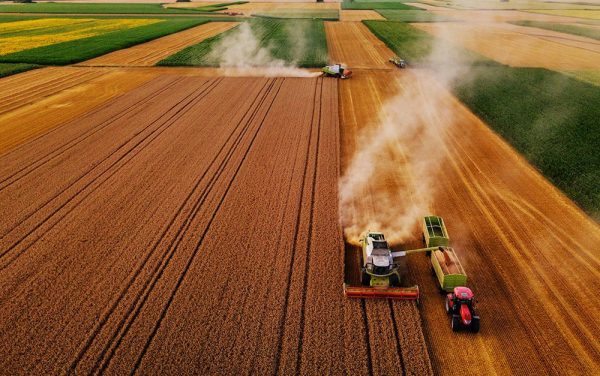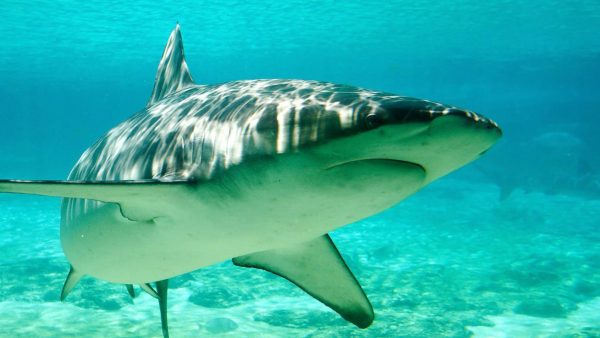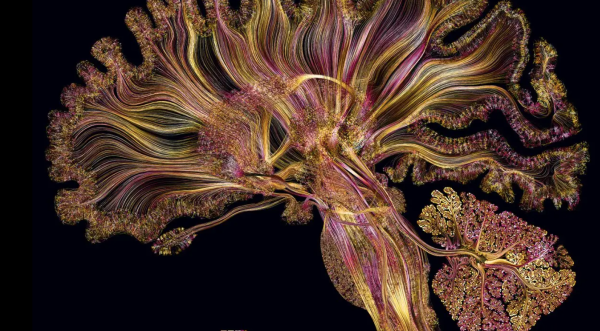A timeline of the 2021 bird crisis
Can you imagine if grocery stores closed during the pandemic? For birds in the DC area, this was the case. Many birders and casual bird enjoyers can recall taking down their feeders during the late spring and throughout the summer of 2021, cutting off a major source of food for many urban birds due to a mysterious epidemic. What really happened during this period, and why was taking down feeders a necessity at all?
In April of 2021, reports of dead and dying birds displaying unique symptoms began increasing in Washington, DC. The Audubon Society, an organization dedicated to bird conservation and education, reported in July that affected birds displayed symptoms such as swollen and crusty eyes, disorientation, twitching, and an inability to use legs, eventually leading to death. This was unlike any other avian disease, with the most similar disease being the House Finch flu (M. gallisepticum), which doesn’t display the same neurological symptoms as reported. The species most commonly reported with these symptoms were Blue Jays, Common Grackles, European Starlings, American Robins, and, according to an article by the United States Geological Survey, some species of songbirds. Audubon reports that throughout May and June, reports began spreading to Maryland, West Virginia, Virginia, Delaware, New Jersey, Ohio, Tennessee, Florida, Indiana, and Pennsylvania. Concerns about this grew until an official avian epidemic was announced.
The United States Geological Survey (USGS) released a statement on June 2 detailing the issue facing birds on the East Coast and recommending the removal of local feeders. According to an article by National Geographic, feeders became a threat to bird health at this point due to the crowded and communal nature of backyard feeders. Shared points of contact– both mouth and body- on feeders have been known to spread avian diseases, especially if the feeder is not cleaned regularly. By July, an Audubon article reported that authorities in counties in Kentucky, Maryland, Virginia, West Virginia, Pennsylvania, and DC made calls to take down feeders.
Disease prevention did not stop at the feeders, however. The Maryland Department of Natural Resources stated that labs throughout the coast, including the USGS National Wildlife Health Center, the University of Georgia Southeastern Cooperative Wildlife Disease Study, the University of Pennsylvania Wildlife Futures Program, and the Indiana Animal Disease Diagnostic Laboratory researched this mystery disease. The virus was compared to numerous avian ailments. No matches were found between the illness and a preexisting ailment. Cures to this mysterious illness were also not found- an interview conducted by National Geographic revealed that both antibiotics and pain medication had little effect on the course of the disease. Since both the illness and cure were unknown, wildlife centers began euthanizing sick and dying birds.
Thankfully, there was still hope in sight for these birds. On August 12, a decline in sick and dying birds was confirmed by Audubon. Finally, on August 17, 2021, the Maryland Department of Natural Resources issued a statement deeming bird feeders safe again. However, many people still didn’t put their bird feeders up. Questions raised about the safety and necessity of these feeders are legitimate, even outside of an epidemic. The USGS recommends regularly cleaning feeders with a bleach solution, and allowing them to fully dry out is recommended when using feeders, especially in the warm and damp months.
At this point in time, the spread has slowed but a cure or cause has not been found. National Geographic stated that investigations into the avian ailment are ongoing throughout labs on the coast. An audubon article cites a theory that connects the first reports of this illness to the appearance of Brood X, a mass of cicadas that appeared in the Mid-Atlantic for the first time in 17 years this spring. However, this theory is debated, given that the disease spread to areas where Brood X is not found.
While the cause, cure, or name of this avian disease is still unknown, this period of time still allowed us to learn helpful lessons. The true extent of feeders’ ability to spread disease was illustrated, and the importance of clean feeders was shown. Hopefully, birders take away from this epidemic the importance of careful human contact with birds and just how fragile the bird population has become in recent years.

Gillian Stingley is a senior who has been writing for the Wildezine for four years. She is a Managing and Features editor for the '22-'23 school year....




